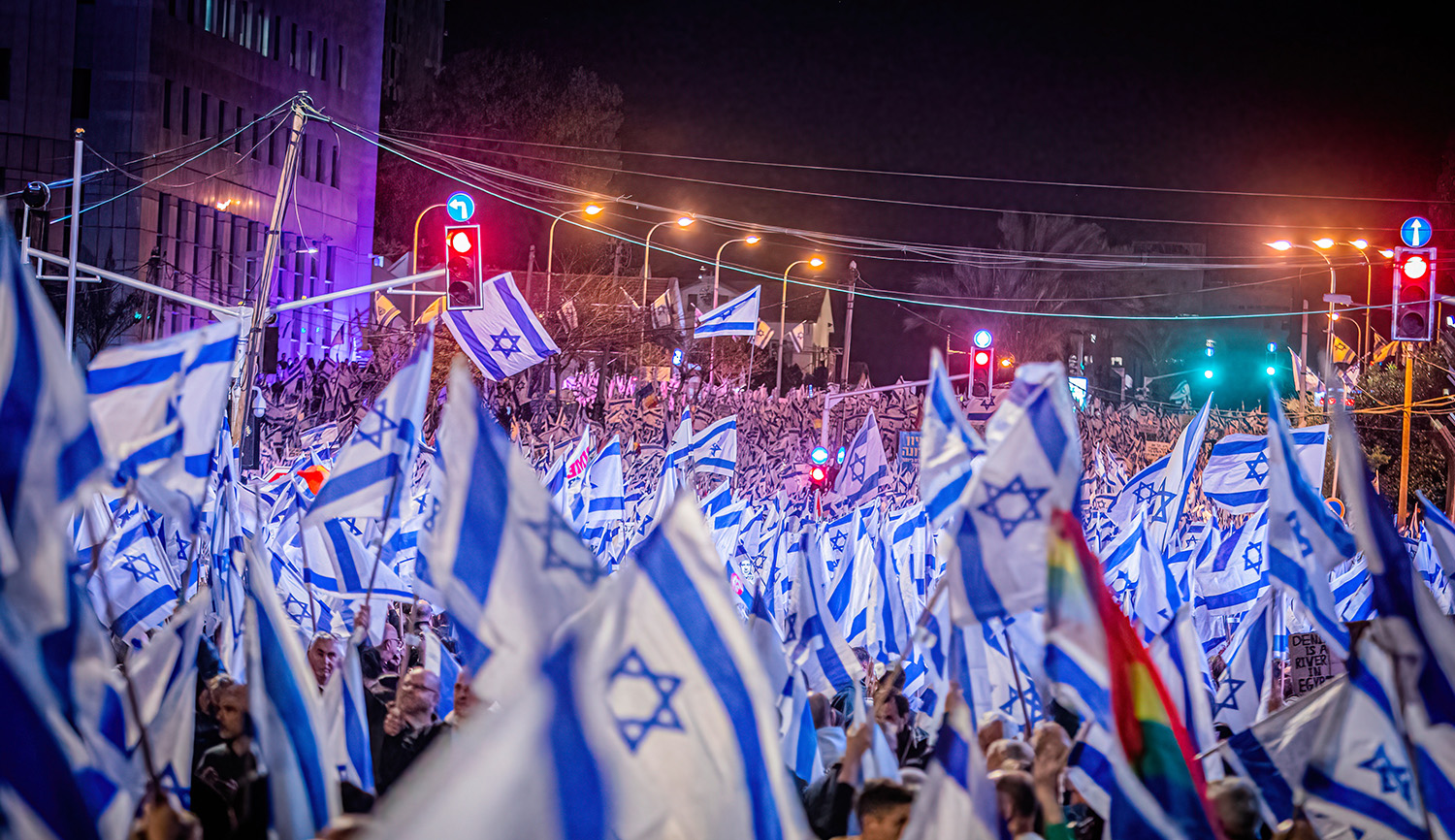Last spring, few Israelis were surprised when terrorists in Gaza started bombarding their homes with rockets and other deadly projectiles—but felt both shocked and betrayed when Arab citizens of Israel attacked Jewish neighborhoods in Haifa, Lod, and other ethnically mixed cities. In a symposium on the causes and origins of those riots, and what can be done to prevent their recurrence, Yossi Kuperwasser argues against attempts to attribute the violence to socioeconomic factors—which, in his view, played a secondary role to national and religious sentiment:
[M]any Israeli Arabs see themselves as Palestinians and as part of the Palestinian people. As Palestinians, they fully adopt the Palestinian narrative. They deny the very existence of a Jewish people and its sovereign, historical connection to the Land of Israel. They believe that the Palestinians are the only indigenous people in this region. They expect that the Jews will eventually be forced to leave and to return to the countries from which they came, while the Palestinians will fulfill their claim (“right of return”) to their homes from which they were temporarily displaced in the Nakba (disaster) of 1948.
Two other phenomena set the stage for the riots. One is the continued erosion of the state’s governance of Israeli Arabs. Certain sectors of the Israeli Arab public have become accustomed to the state not interfering in their affairs and ignoring their criminal behavior, especially in the Negev. This sense of Israeli Arab omnipotence and government impotence seems to have been a conscious component that contributed to the riots. It is unclear whether the handling of the May riots’ participants can make a difference in this consciousness.
The second phenomenon is the tension within Arab society in Israel in light of the Arab Ra’am party’s decision to withdraw from the Arab Joint List, to run independently in the Knesset elections, and then to join the government coalition.
According to Kuperwasser, Arab opponents of Ra’am wish to show that they reject compromise by embracing protest—and violence—which they see as better ways to redress their grievances than participation in the Israeli political system.
Read more at Jerusalem Center for Public Affairs
More about: Guardian of the Walls, Israeli Arabs, Israeli society


